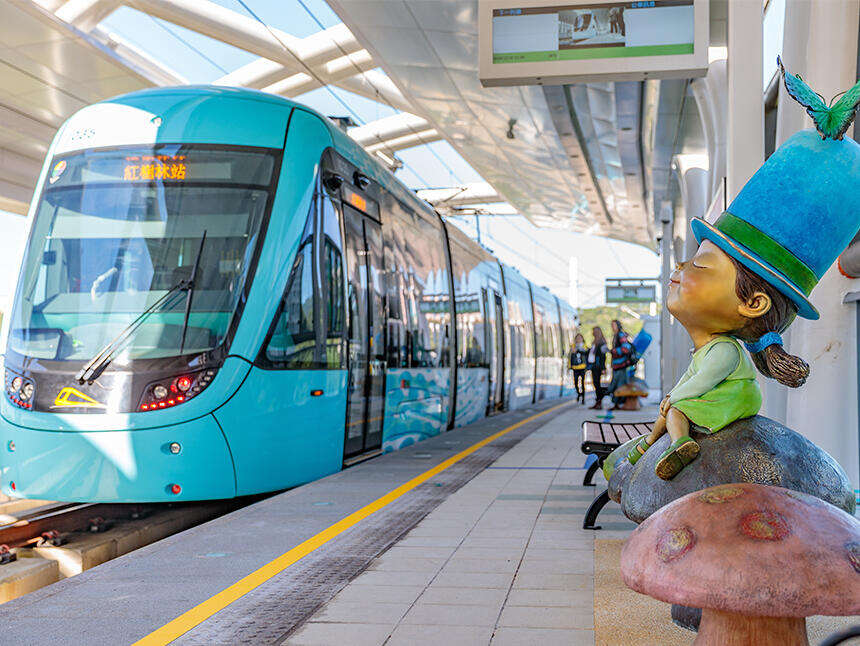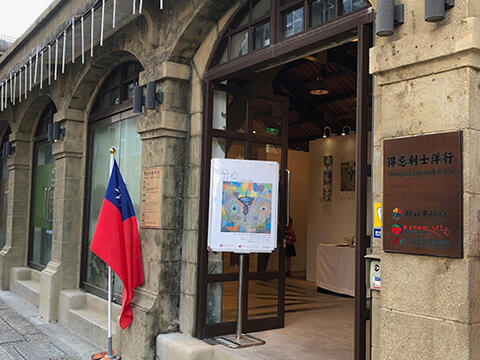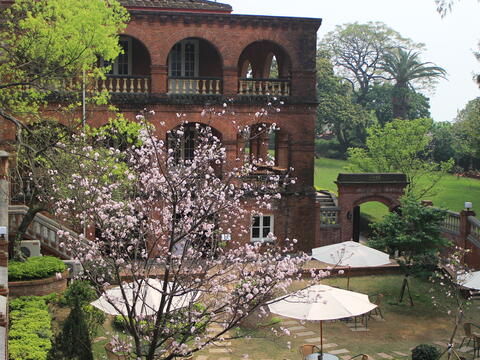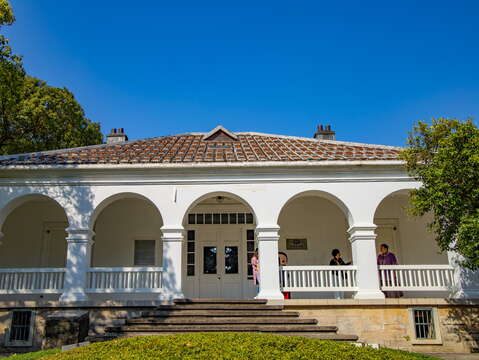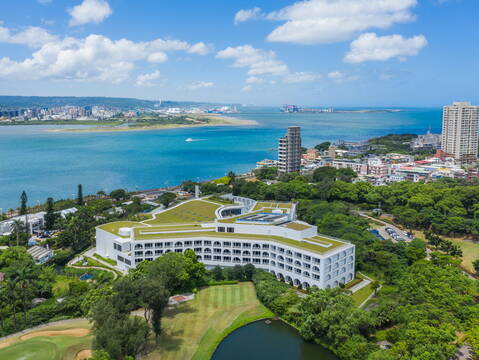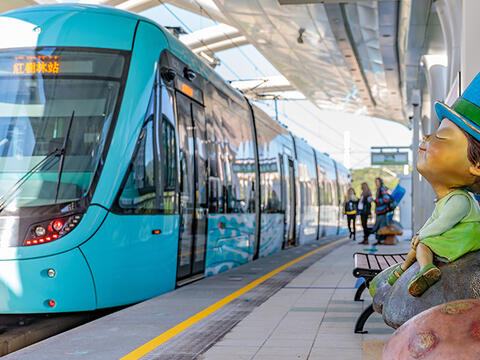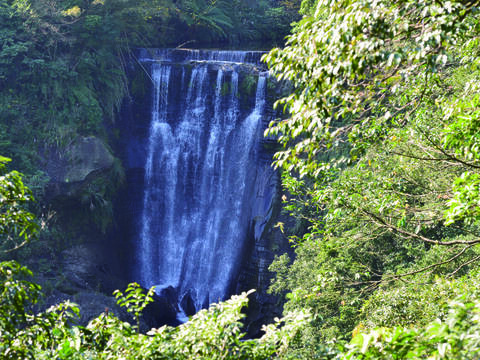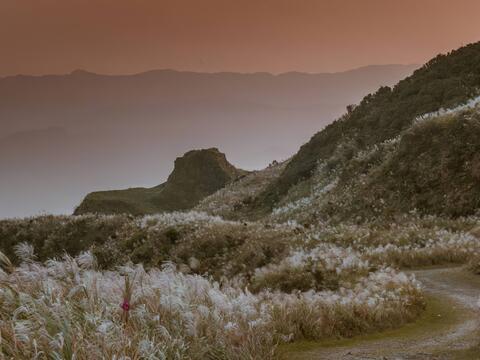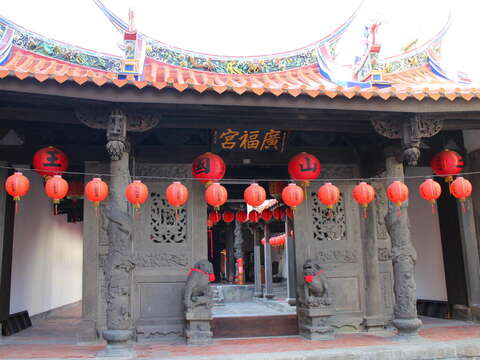An intellectual journey to Tamsui with your children: Cultural heritage and girls’ education
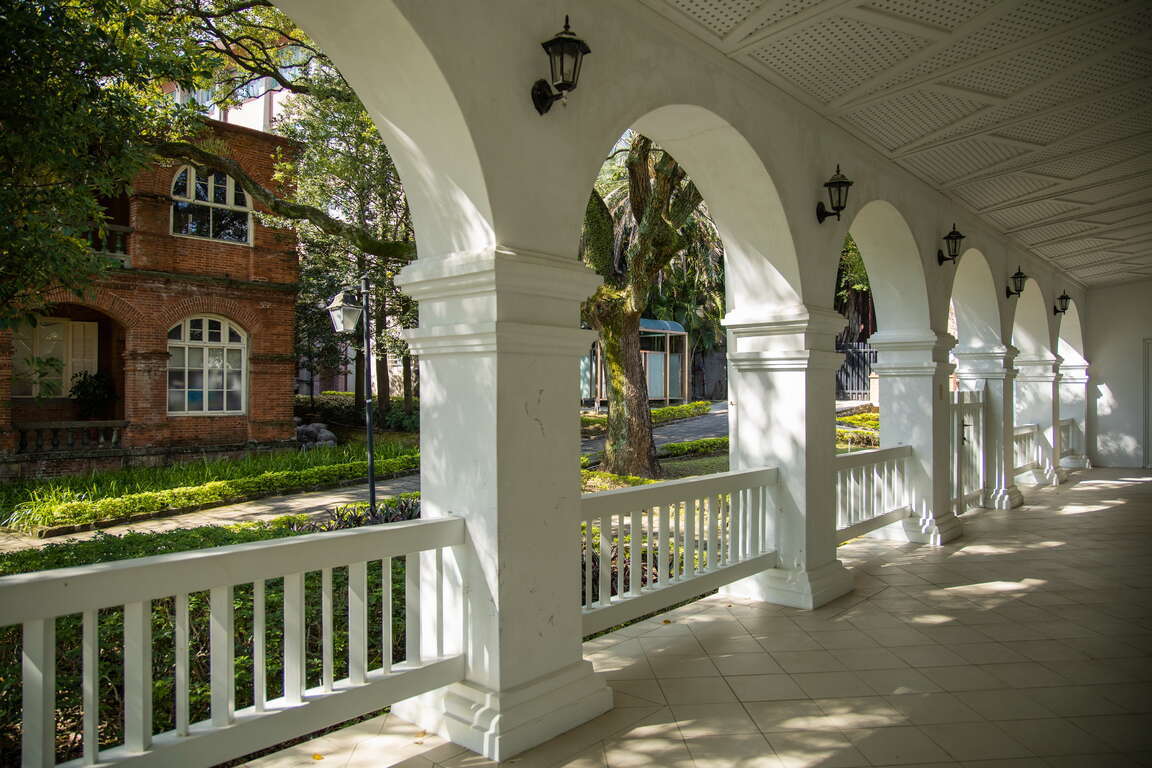
推薦路線
Introduction
Come to Tamsui with your children on the weekend to Visit the Tamsui Historical Museum of Douglas Lapraik & Co., and learn about Tamsui’s cultural heritage through interactive games. Visit places like “The House of Maidens”, “The House of Reverends”, and “Mackay Memorial Museum”. Then discuss with your children the impact of the opening of Tamsui Port on Taiwan. Take a leisurely stroll through the FAB Green Village, explore the whimsical public art of the Danhai Light Rail , and immerse yourself in the artistic atmosphere of modern Tamsui.
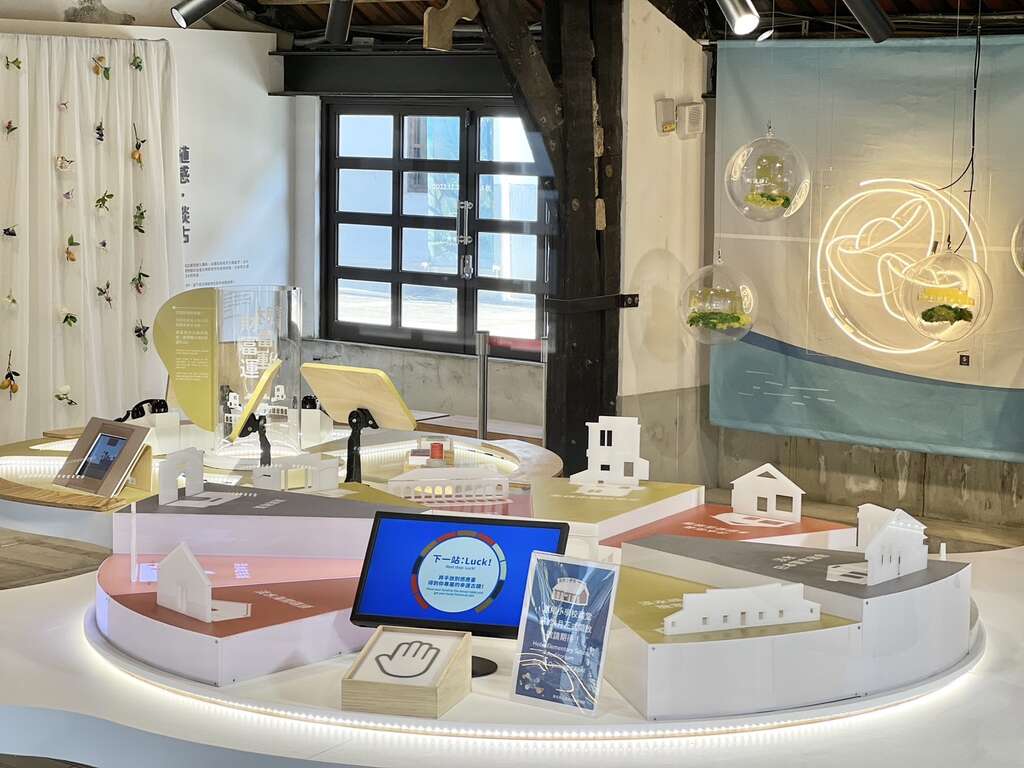
In 1860, after Taiwan’s ports were opened for international trade, Tamsui quickly emerged as Northern Taiwan’s most international commercial port, and attracted numerous foreign firms to establish an office in Tamsui. The Douglas Lapraik & Co. located at the end of Tamsui Old Street, together with Tait, Ckiangsu, Elles, and Dent, were the top five foreign firms in Tamsui. Apart from its engagement in international trade, Douglas Lapraik & Co. was a giant in Taiwan’s shipping industry at the end of the 19th century. With its control of this island’s external trade, it has facilitated the prosperous development of Tamsui after the opening of Tamsui port.
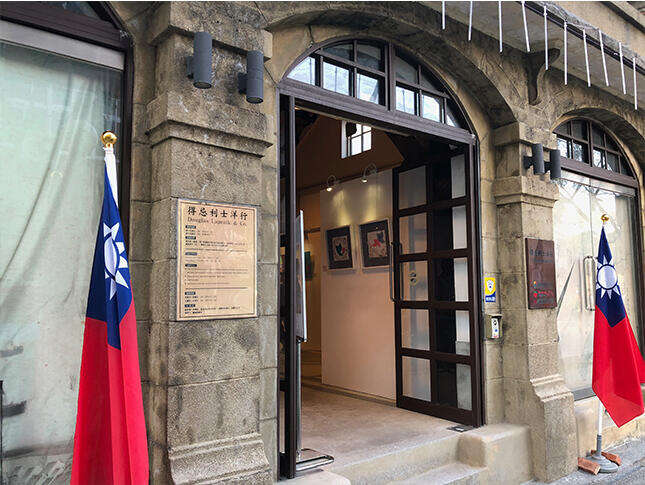
Featuring historical significance, this foreign firm’s architecture is an ideal place for showcasing Tamsui’s prosperous past. After a year of preparation, the permanent exhibition of the “Tamsui Historical Museum” is launched within Douglas Lapraik & Co. The exhibition features a collection of 12 cultural heritage sites in Tamsui, including Fort San Domingo, the Former Site of the Tamsui Customs Officer’s Residence, Tamsui Customs Wharf, the Former Residence of Tamsui Township Head Tada Eikichi, Hobe Fort, the Tamsui Police Chief’s Residence, Douglas Lapraik & Co., Shih’s Old Residence (in Qizaiding of Tamsui), Cheng’s Old Residence (by Gonsitian River), Japanese Trader Nakano’s Residence, the Former Residence of Kinoshita Seigai, and the Former Tamsui Elementary School Hall. These sites represent significant architectural and historical landmarks.
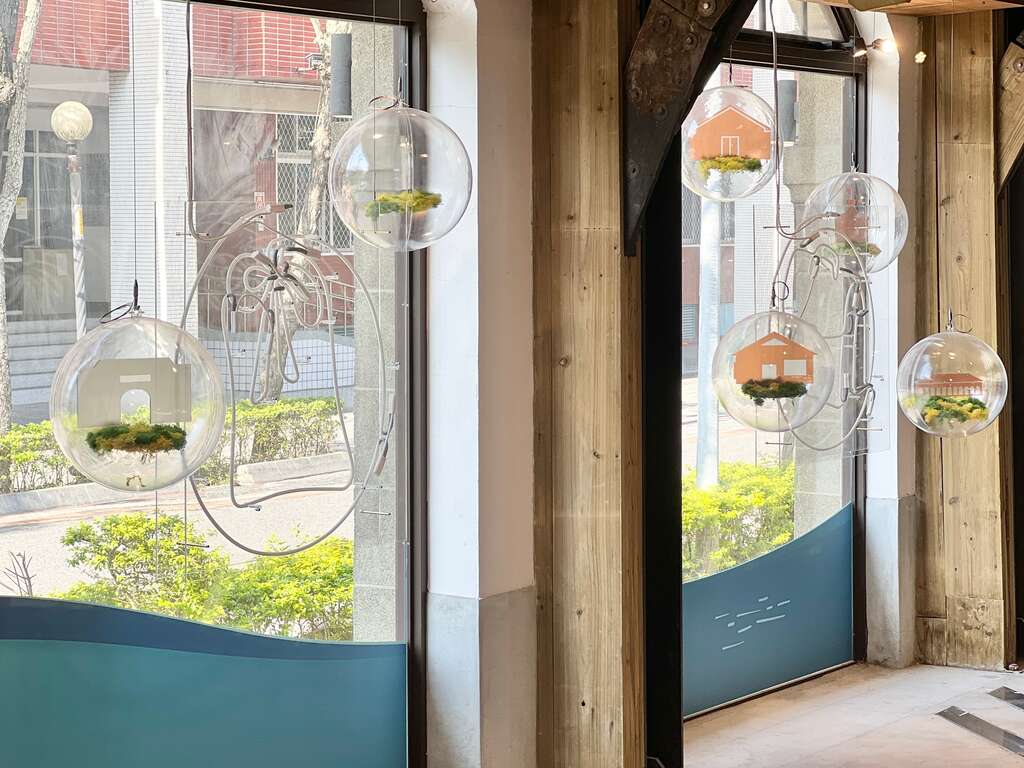
The Tamsui Historical Museum has categorized the exhibited cultural heritage into four main types: political, military, commercial, and educational. Each category is transformed into interactive games that incorporate their respective historical narratives. Through playful and engaging interactions, children can effortlessly gain insight into interesting facts about Tamsui’s historic sites and embark on a journey of imagination to visualize the bygone charm of Tamsui.
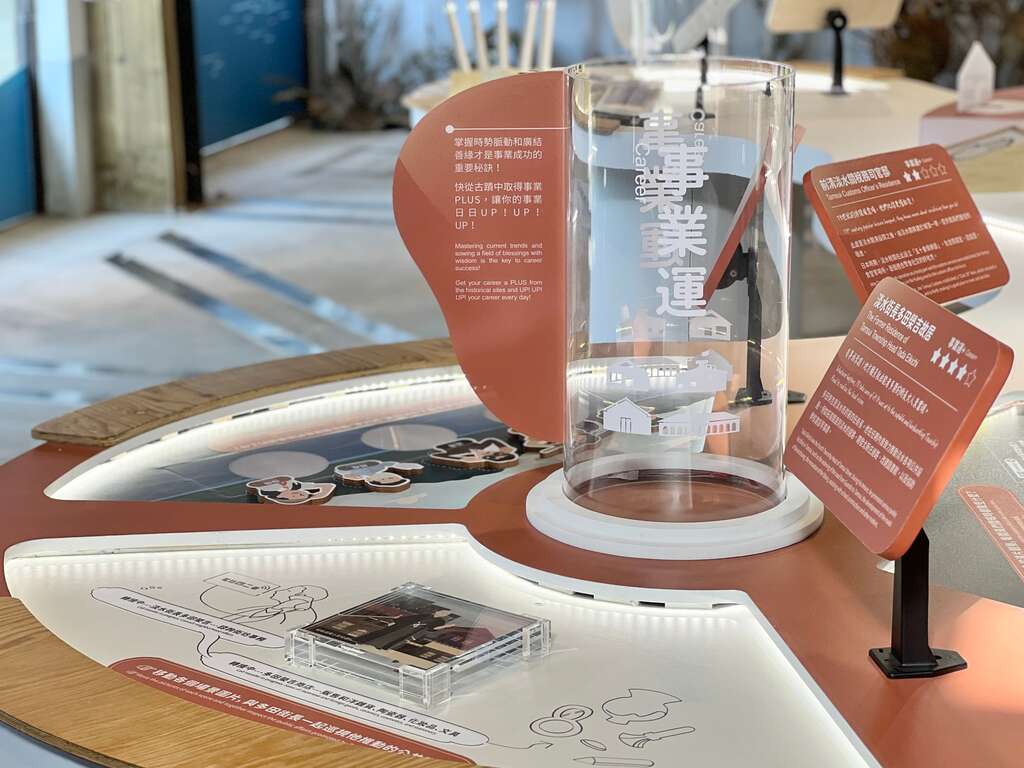
After ascending the sloping path of Zhenli Street, entering the campus of Aletheia University, and passing through the Finance and Economics Building, you will come across two century-old red-brick buildings that appear even more elegant framed by the surrounding green trees. In front of these buildings is a lush garden, while just beyond, you can glimpse the Tamsui River and Guanyinshan. These two similar-style colonnaded Western-style buildings are “The House of Maidens” and “The House of Reverends”, which were built in 1906 and 1909 respectively.
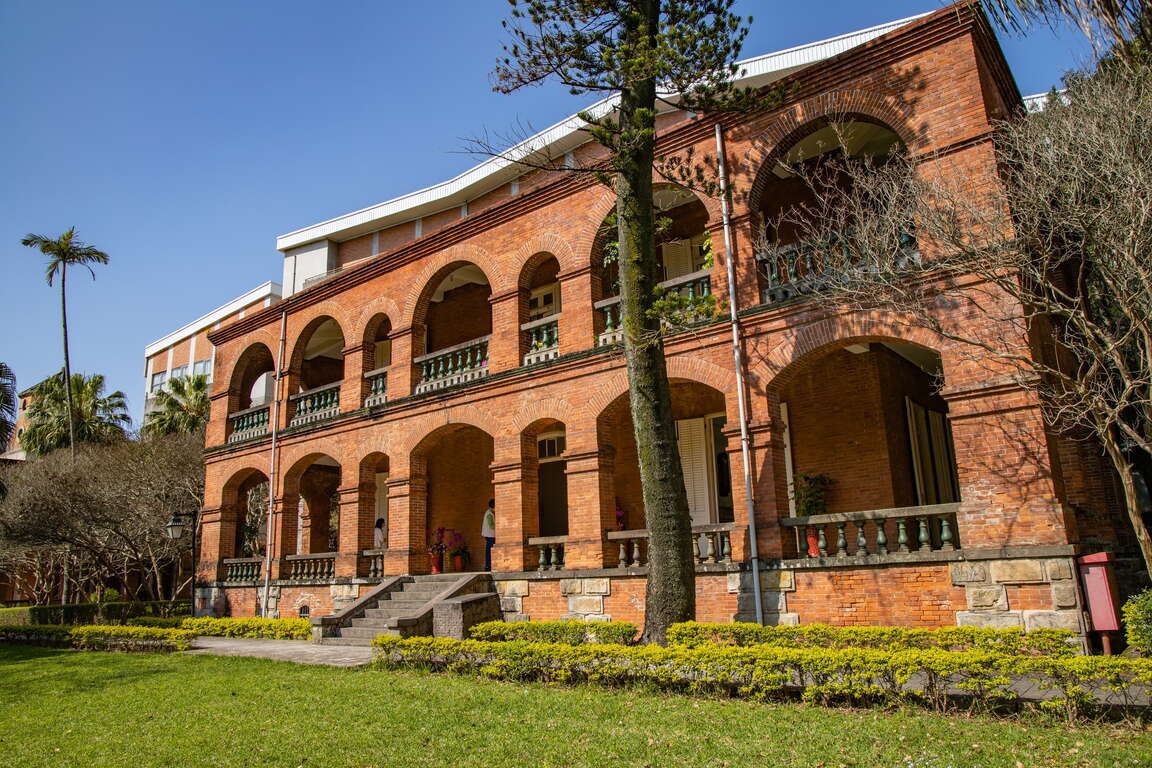
These two buildings, constructed from bricks and Chinese firs imported from Xiamen, were personally designed and supervised by Reverend William Gauld. The House of Maidens was originally gifted to Miss Jane Kinney, the principal of Taiwan’s first girls’ school, Tamsui Girls’ School, and Miss Hannah Connell, the principal of Women’s School, as their residence. It holds significant historical value as a witness to the development of contemporary girls’ education in Taiwan. Today, it serves as the Office of the President at Aletheia University. The House of Reverends, on the other hand, served as the residence of Reverend William Gauld. Its music hall is widely known for its appearance in the movie “Secret”.
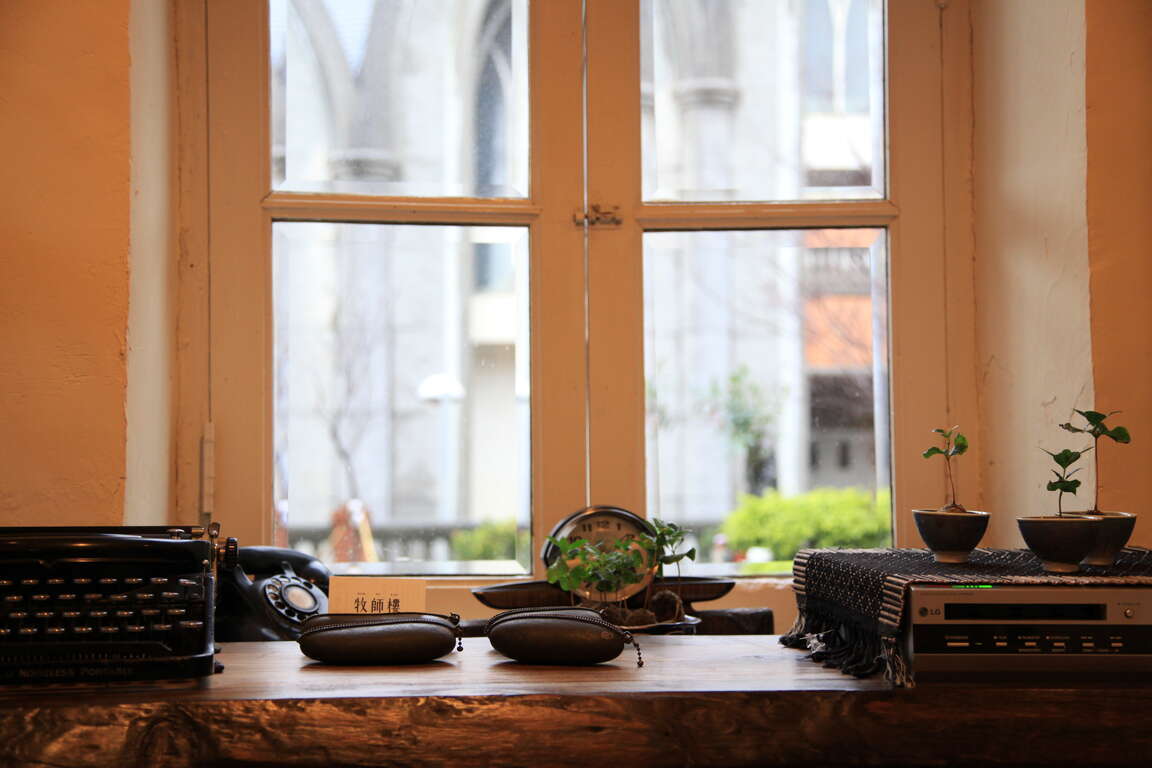
The white building next to “The House of Maidens” and “The House of Reverends” is the Mackay Memorial Museum, also known as the Dr. Mackay’s former residence. Constructed in 1875, this building was personally designed by Dr. Mackay, and its Spanish-style architecture is well-suited for the humid and rainy climate of northern Taiwan. Dr. Mackay lived here with his Taiwanese wife, Chang Tsung-ming, and his children until he passed away in 1901 due to an illness.
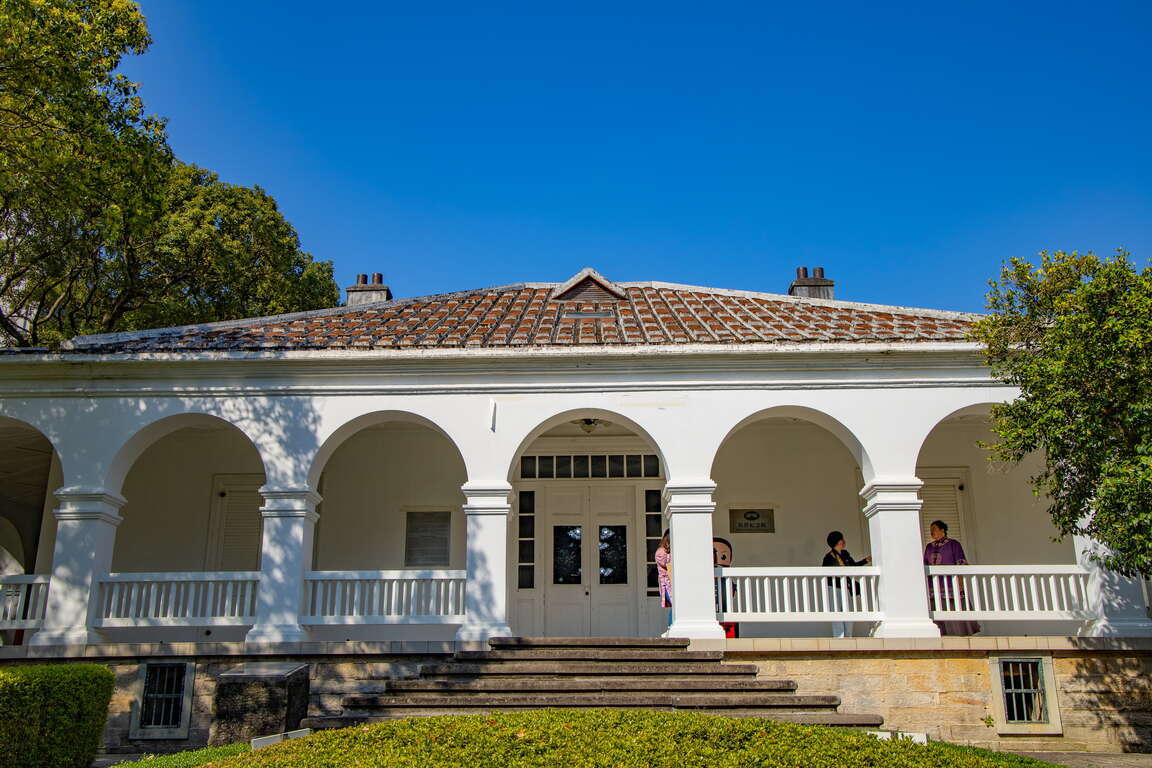
In 1872, Dr. Mackay took Douglas Lapraik & Co’s flagship “Sea Dragon” from Kaohsiung to Tamsui, where he embarked on his decades-long missions of preaching, teaching, and providing medical services in Taiwan. Dr. Mackay also nurtured many talents in Taiwan’s religious, educational, and medical circles. Moreover, recognizing the social bias against women in Taiwan, he pioneered women’s education in Taiwan by founding Tamsui Girls’ School. Dr. Mackay’s wife, Chang Tsung-ming, was also a teacher at Tamsui Girls’ School and was fluent in English. Both of them are important figures in the history of women’s education in Taiwan.
👉Visiting the interior exhibitions of the Mackay Memorial Museum requires prior arrangement. Please contact the Tamsui Oxford Archives of Aletheia University at (02-2621-2121).
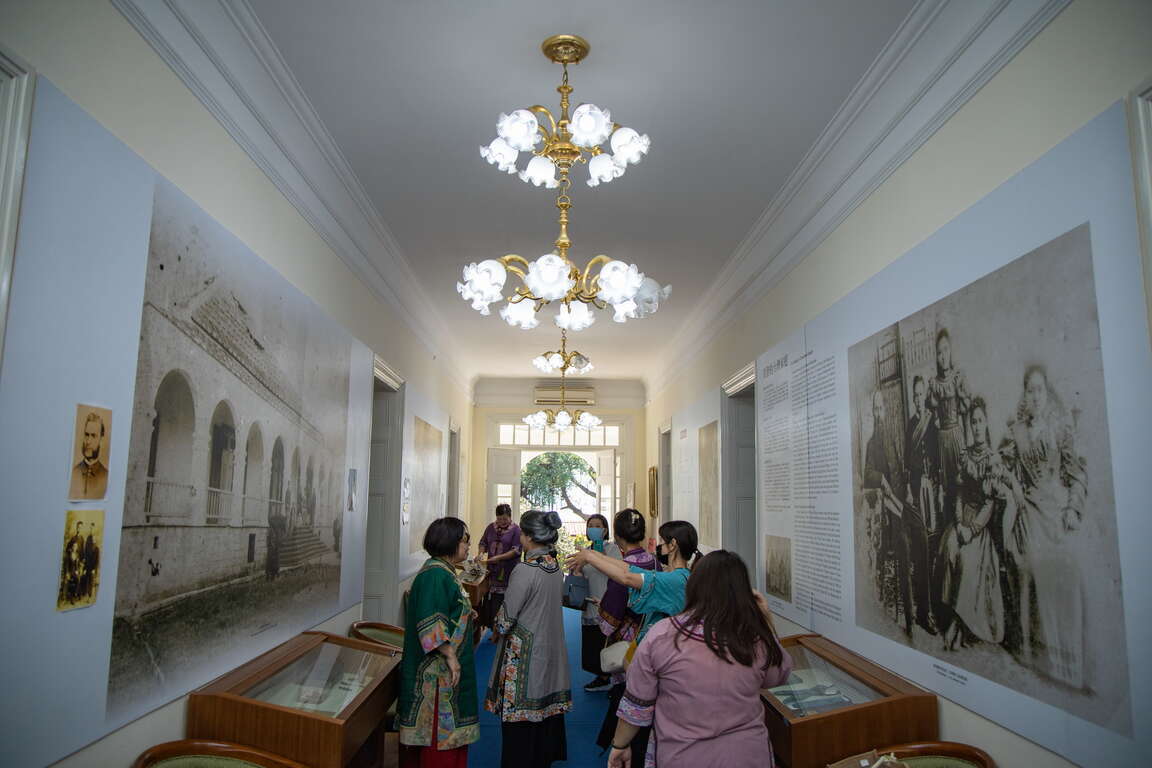
Chang Tsung-ming once accompanied Dr. Mackay on a trip back to his homeland, Canada, at the end of 1879. During the journey, they passed through Xiamen, Hong Kong, Singapore, India, and the Middle East. They visited the pyramids in Egypt, went to Jerusalem to see the Western Wall, and, through Alexandria, proceeded to Italy to visit the ruins of Pompeii, Rome, and the Vatican. They then traveled through France and the UK to reach Canada, where they completed missionary work and fundraising activities. Afterward, they returned to Taiwan via the United States and Japan. This journey made Chang Tsung-ming the first Taiwanese woman to complete a trip around the world.

Stroll along the wooden boardwalk by the Tamsui River and, shortly after passing Fort San Domingo, you’ll find the snow-white FAB Green Village on your right. This geometrically symmetrical architecture that echoes Tamsui’s arched western style building designs has attracted numerous visitors for sightseeing and photography. The FAB Green Village combines a renowned European hotel, shopping plaza, movie theater, and garden plaza. After enjoying a meal in the shopping plaza, you can visit the rooftop garden on the third floor to sit on the vast lawn with your children, gaze into the distance at Bali’s left bank and Guanyinshan, and relish the captivating Tamsui sunset.
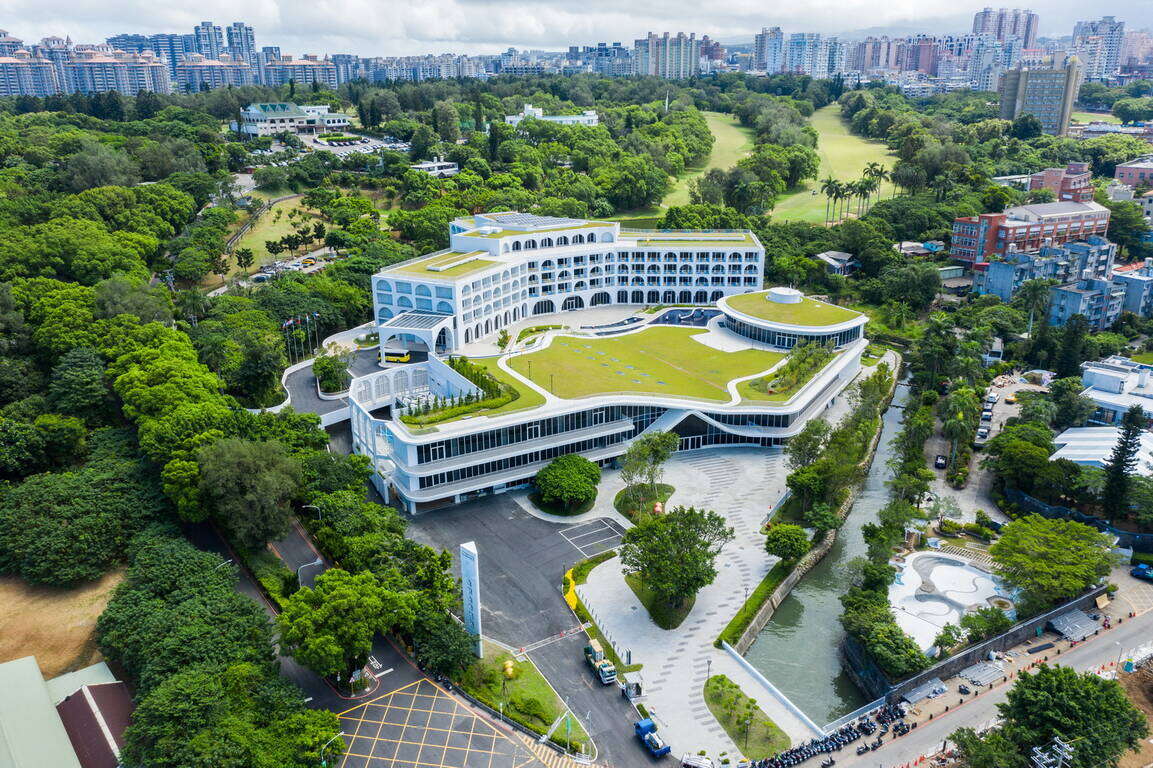
Take a bus to the Danhai Light Rail Tamsui Fisherman’s Wharf Station and step into the Danhai Light Rail system filled with elements from Jimmy Liao’s picture books. Let the heartwarming characters from Jimmy’s picture books accompany you on the light rail. Just like the characters do in “Sometimes, Sometimes”, close your eyes and the light blue light rail train is about to start your journey to dreamland and cozy home.
